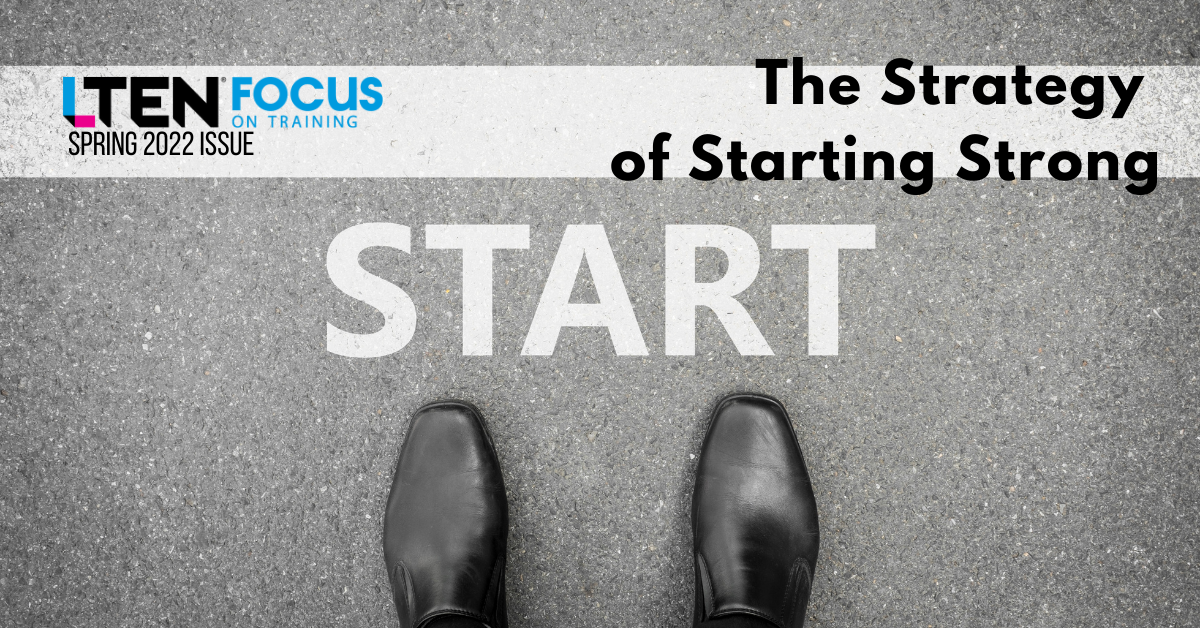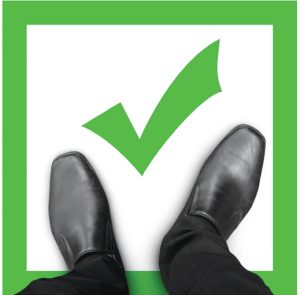
The Strategy of Starting Strong
From the President – Richard Sampson
Your path is your own, but there are signs we should all look for
 I don’t have to tell you about the importance of getting off on the right foot. We’ve all been through product launches and new programs – starting things properly is a huge head start on success.
I don’t have to tell you about the importance of getting off on the right foot. We’ve all been through product launches and new programs – starting things properly is a huge head start on success.
The question becomes, what’s the right foot? How do we know the proverbial right foot from the fabled false start? In my experience, they can look similar upfront.
Of course, there’s no one answer to these questions. Determining what the “right foot” means for your organization is a complex calculation that must factor in dynamics that don’t apply universally – your organizational culture, for example, or specific drivers behind the launch.
Bottom-line lands like this: With so much variance in how we do business, what our goals are and even what success means, there’s no magic pathway to success. Many routes can lead there, but those same routes also can be a confusing maze.
Have I scared you away from the thought of launching anything? I hope not, because that’s not my goal. Despite these variances, these differences, there is also a lot of “same-ness” in our missions. Your path is your own, but there are signs we should all look for along the way.
And that brings me to the issue you’re reading now. We’re starting this issue on this right foot because there are a lot of pathways that we’re going to tell you about. Are they the solutions you’re looking for? You’ll know best there. We’ll share the information and hope it rings a bell in your world.
- First, let’s get you off on the right foot. Guest Editor Anna Petersen of Sanofi talks to us in this issue about the importance of self-care. And along those lines, we’re debuting a new series of wellness articles within this issue, Working & Living Well, by former Genentech trainer and wellness expert Deborah Bonzell.
- Next, let’s get your work started right. In this issue we have articles about eight elements of product launches and, perhaps the ultimate in jumping off on the proper foot, 11 suggestions for onboarding employees.
- So, what comes next? Getting the results right. Obviously, we’re in an area where, again, there are a lot of factors competing to drive the bus, but you can still take steps to make sure you’re starting in the right direction. We have articles to help, spotlighting the importance of analytics to ground your training in scientific principles, and on motivating learners in hybrid environments and being prepared to pivot as new contingencies arise.
And that’s just a taste. We have more on empathetic leadership, virtual training vocabularies, learning management systems and we’re going to introduce you to someone you’ll want to know.
This getting started right business takes a lot of effort, but of course the end result is worth the effort. I hope that’s one of the key messages you’ll take away from this issue — that forethought and planning pay large dividends.
The chance to take good first steps can come at us suddenly and without warning. For every launch where we have the luxury of time, business brings us a dozen smaller-scale opportunities to put our best foot forward and hit the ground running (or at least walking fast).
Are you ready? Are you set? Then let’s go!
Richard Sampson is president of the LTEN Board of Directors and vice president, global training & development, global business operations for Cepheid. Email Richard at richard.sampson@cepheid.com.








